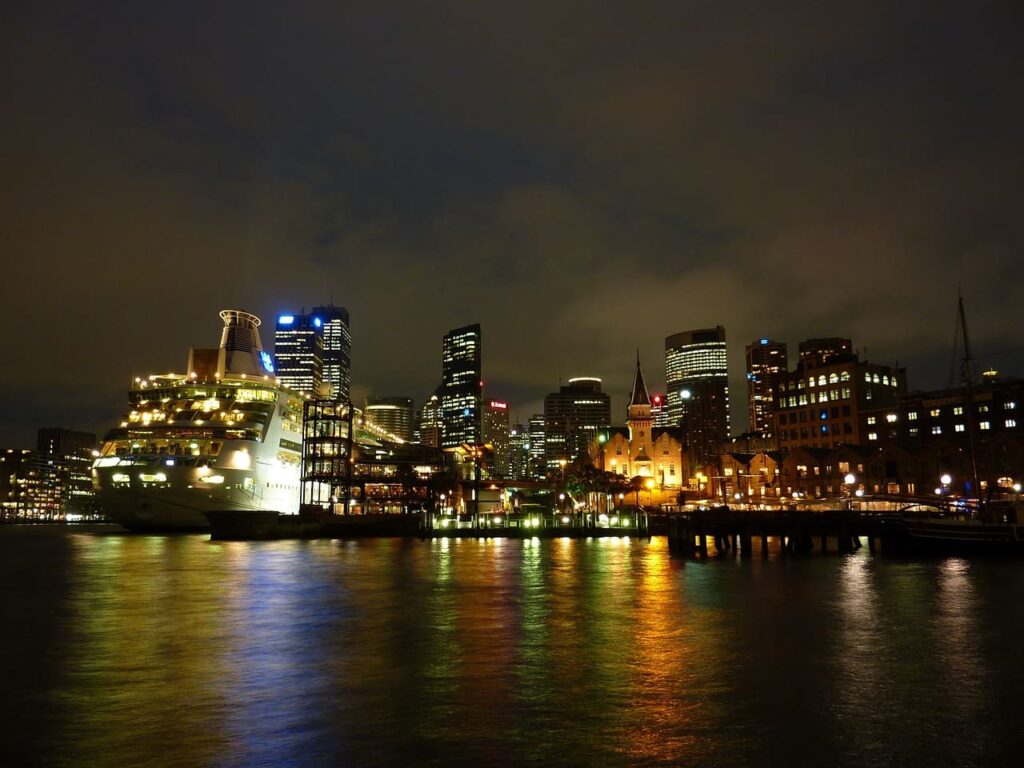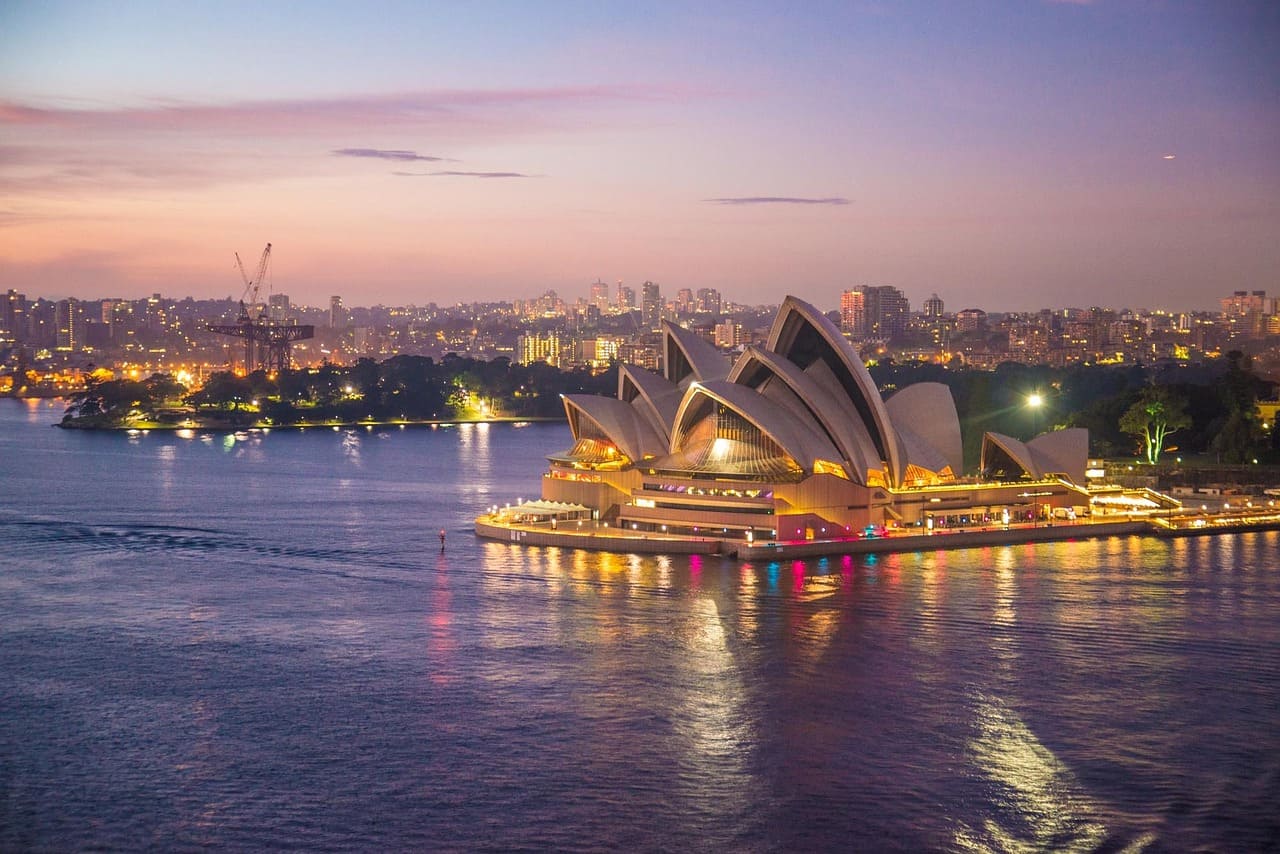With its vast and diverse landscapes, Australia offers unique experiences throughout the year. Deciding when to visit depends largely on your preferences for weather, activities, and budget. Generally, the best time to visit Australia is between September and November (spring) and March to May (autumn). These shoulder seasons present mild temperatures and pleasant conditions, making them ideal for exploring the country and enjoying outdoor activities.

Spring (September to November): Ideal for Enjoying Australia’s Beauty
Spring is a remarkable time to visit Australia. The weather is comfortably warm but not overly hot, with temperatures ranging from 11°C to 23°C (52°F to 73°F). This season brings blooming flowers and vibrant festivals, especially noticeable in Canberra where the city is adorned with colorful blossoms. For those looking to experience nature at its finest, spring is perfect for kayaking, surfing, and wildlife spotting on Kangaroo Island. The pleasant climate and reduced crowds make spring an exceptional period to travel, with fewer tourists and more affordable accommodation options.
Autumn (March to May): A Time of Mild Weather and Festivals
Autumn mirrors spring with its mild temperatures, ranging between 10°C and 15°C (50°F to 59°F). During this season, you can enjoy the fresh air and engaging outdoor activities. This is also when major events such as food and wine festivals take place, and the landscapes are beautifully enhanced by autumnal colors. If you’re interested in experiencing Australia’s cultural side, autumn is ideal for exploring the vibrant festivals in Melbourne or rafting on the wild rivers of Tasmania.
Summer (December to February): Peak Season with High Demand
Australia’s summer, spanning December to February, is characterized by temperatures from 15°C to 30°C (59°F to 86°F). This period is popular for beachgoers and those wanting to immerse themselves in New Year’s celebrations and cricket tournaments. However, it’s also the most expensive time to travel due to high demand, with hotel prices potentially increasing by up to 25%. While southern regions enjoy sunny weather, the tropical north experiences high humidity and storms, making summer less ideal for visiting those areas.
Winter (June to August): A Quiet, Budget-Friendly Option
Winter in Australia, from June to August, sees cooler temperatures ranging from 15°C to 26°C (59°F to 79°F), with July being the coldest month. This period is considered the low season, particularly in the southern parts of the country where temperatures drop and rain becomes more frequent. Despite this, winter is an excellent time to explore northern Australia, such as Cairns and the Great Barrier Reef, where the weather is dry and pleasant. Additionally, winter is prime for skiing in the Australian Alps, making it a versatile season for varied experiences.

Regional Variations and Special Considerations
Australia’s diverse climate means that the best time to visit can vary by region:
- Tropical North (Top End): Ideal from March to September, when the weather is less humid and rainfall is lower, perfect for exploring Darwin and the national parks of the Northern Territory.
- Red Centre and Alice Springs: Best visited from March to November, avoiding the extreme summer heat.
Wildlife Spotting Opportunities
Australia is renowned for its unique wildlife experiences. For sea turtle enthusiasts, the period from November to January is perfect for witnessing turtles laying eggs on Queensland’s beaches. Whale-watching is spectacular from June to November, with prime spots including Hervey Bay and Byron Bay. Additionally, snorkeling with whale sharks at Ningaloo Reef is best from March to July.
| Season | Months | Temperature Range | Weather | Best For | Key Considerations |
|---|---|---|---|---|---|
| Spring | September to November | 11°C to 23°C (52°F to 73°F) | Warm, pleasant, blooming flowers | Outdoor activities, festivals, wildlife spotting | Ideal for exploring Canberra’s blossoms and coastal activities. Fewer tourists and affordable prices. |
| Autumn | March to May | 10°C to 15°C (50°F to 59°F) | Cool, fresh air, colorful landscapes | Food and wine festivals, river rafting, coastal walks | Perfect for experiencing Melbourne’s cultural events and outdoor adventures. Less crowded and pleasant weather. |
| Summer | December to February | 15°C to 30°C (59°F to 86°F) | Hot, sunny, with occasional thunderstorms | Beach outings, New Year’s celebrations, cricket | High travel demand and prices. Tropical north experiences high humidity and storms. Busy beaches and events. |
| Winter | June to August | 15°C to 26°C (59°F to 79°F) | Cool, some rain, occasional chilly breezes | Skiing in the Alps, exploring the northern regions | Lower prices and fewer crowds in the south. Great time for skiing and visiting northern Australia. Cooler temperatures. |
Why you should visit Australia
Australia’s immense beauty and varied climates present travelers with countless opportunities for exploration. To fully appreciate what this diverse continent offers, timing your visit to Australia is crucial. Choosing the right season can transform your experience, whether you’re eager to soak up the sun on the southern beaches or discover the rugged outback. By aligning your visit with Australia’s ideal weather and seasonal highlights, you can make the most of your journey and immerse yourself in everything this remarkable country has to offer.

